A friend recently told me that she always comes up with the perfect comeback. Her problem is that she thinks of it 20 minutes too late. Yep, sometimes timing is everything, especially the timing of Insulin Injections in pets.
When it comes to diabetes care of our pets, timing can make the difference between a well regulated diabetic pet and a “mostly” regulated diabetic pet. Routines may not be exciting, but routines make for a well-regulated diabetic pet! After two plus decades practicing veterinary medicine, I sometimes think I have heard it all. Then a client comes along and proves me wrong. Recently one of my own veterinary clients told me he routinely gave his cat the insulin then waited an hour before feeding his pet. I don’t know where this client got this notion as I had told him what I tell all my clients, to feed and give insulin at the same time every 12 hours.
I also hear from diabetic pet owners all the time about what they do. I often hear that they want to feed a variety of foods so the pet doesn’t get bored with the food. I sometimes hear that a client gives the food and then some period of time before (or sometimes after) will give the insulin. Sometimes folks give the insulin injections at times other than 12 hours apart. I am sometimes surprised at what folks do.
So let’s chat about my preferred order of events for diabetic pets and why:
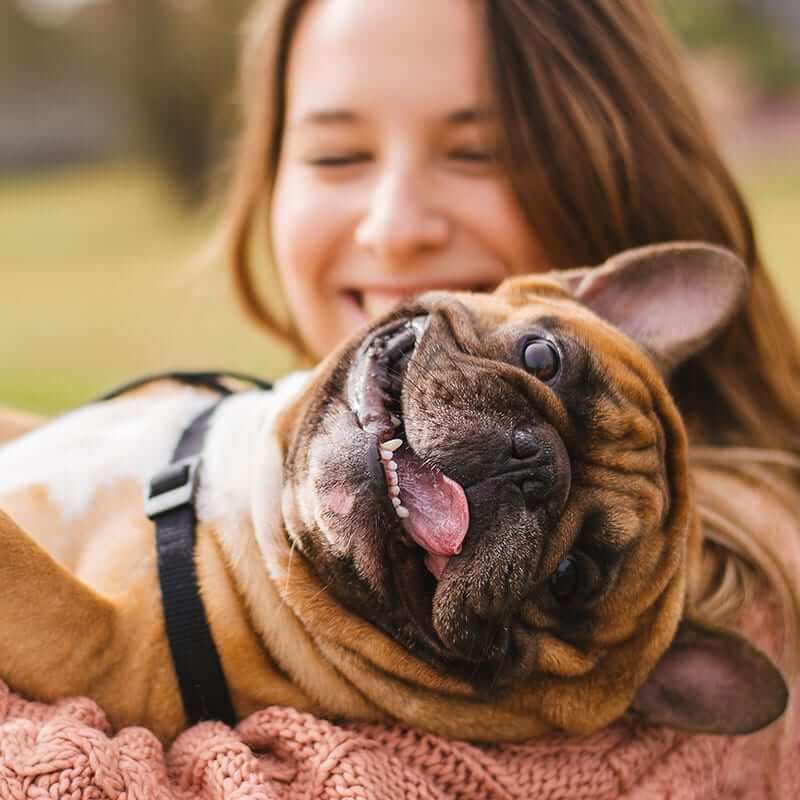
Humans usually ponder what they are going to eat, check their blood glucose, then give themselves a dose of insulin based on their blood glucose level and the type and quantity of food they are about to ingest. Diabetic humans are in control of their actions. And they know how they will likely react to a particular food. Clearly low carb foods will affect the glucose less than a high carb food. They know if they feel hungry before they inject themselves. We hope they make good food choices, but they can and will alter their insulin dose based on those food choices. Humans like variety in their food choices. They are in control of their actions and know if they will eat. They have an opposable digit and give themselves insulin injections. Pets can’t do this.
If we wish to minimize the variability of how much insulin to give, we must give the same diet in the same portion repeatedly to pets. Until pets can figure out how to inject themselves, please don’t change your diabetic pet’s diet on a day to day basis. Yes, pets do like treats and variety, but they would prefer to “feel good” by having good glucose regulation over a variety of foods.
Now, whether one waits to see if Fluffy is eating before giving the injection is another story. For folks who have a pet with a hearty appetite that couldn’t imagine missing a meal, they may give the injection as the pet dives into dinner. A feeding frenzy is definitely a distraction to the quick poke of an insulin needle. For folks who have a finicky eater, they might watch to make sure the pet truly eats before giving the injection. Nonetheless, I would feed the pet essentially at the same time as the injection rather than waiting any length of time. The insulin needs something to work with. If food is not given with the insulin the pet could become hypoglycemic.
How about the timing of meals?
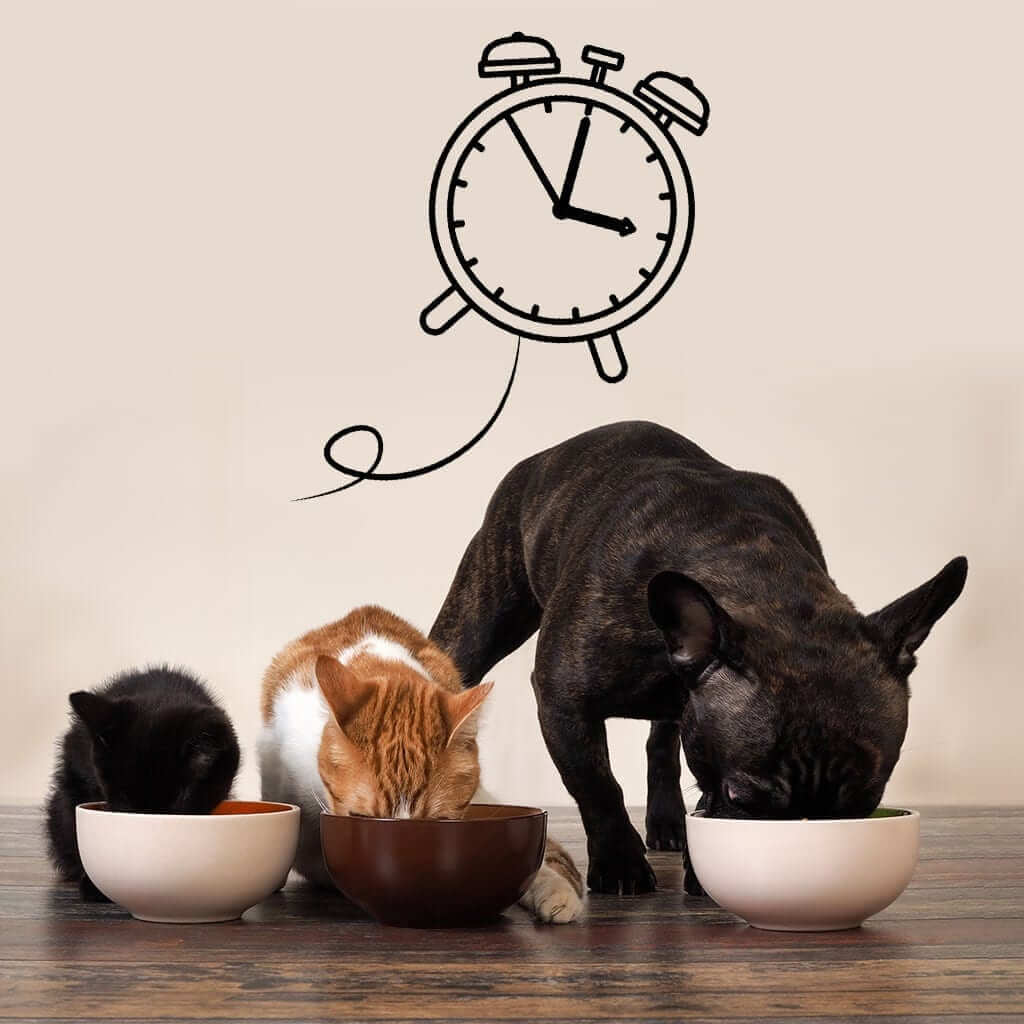
Different Eating Habits Of Diabetic Pet
- Pets can dive into their chow with such gusto you are lucky to get your hand away before setting down the food bowl.
- Some diabetic pets are more finicky about if and how much they will eat.
- A pet can have erratic blood glucose numbers and are more difficult to regulate.
- Hard to manage pets are so difficult that their humans are forced to check a blood glucose every time they fed the pet and adjust the insulin dose based on the appetite.
- The easiest to manage pets are very regular and predictable regarding blood glucose.
- No two diabetic pets are the same.
If I had my way, diabetic dogs and cats would be fed twice a day with their insulin injections. That sounds all very good on paper, but the truth of the matter is that our pets may have a different opinions. Cats especially are notorious for nibbling throughout the day. I joke that in my home pets get the same authority as humans – that it is a “democracy” in the Sutton household. In all honesty, however, the truth is that the cats wear the pants in my family. I have never had a dog boss me around so much as my cats do. If I were to feed my cats a mere two times daily, there would be no end to them telling me about it. My particularly food-motivated cat sometimes looks at the empty food bowl and then looks at me. I’m certain she is thinking, “Human, are you daft?”
My compromise for diabetic pets who think they are constantly starving is to try to get them to eat the majority of their calories at the same time as the insulin injection. For dogs who insist on a mid-day treat, I encourage a low-calorie veggie such as green beans as the snack. For cats, it is the same low-carbohydrate food as they receive as a meal, but hopefully the majority of food is given with the insulin. This stubborn food-nibbling preference of cats is likely why we tend to have greater success with longer-acting insulin for putty tats (i.e. glargine, PZI and demetir). Glargine has a relatively steady action over its duration and has been referred to as a “peak-less” insulin. Most dogs readily accept “meal” feeding twice daily, so we tend to go with intermediate-acting insulin as our first choice, such as Vetsulin and NPH.
If you have a diabetic with a healthy appetite you are lucky! It is a blessing to have a food-motivated diabetic pet compared to a finicky diabetic pet. It makes it much easier to treat the diabetes. It’s easier to predict how much insulin to give. We evaluate the insulin dosage based on periodic blood glucose curves. You probably don’t need to check a glucose before each and every injection once your pet is regulated IF you give equal portions and equal doses of insulin every 12 hours and IF your pet’s glucose is predictable. Of course, you must always use common sense.
Speaking of finicky diabetics, why might a diabetic pet not want to eat?
- Hyperglycemia can cause nausea. If a pet isn’t well regulated, the pet may not be hungry due to nausea. Yes, diabetics are often hungry, but they can be hungry and nauseous at the same time. If I have a diabetic pet patient who isn’t eating well I often send a prescription of Zofran or Cerenia to see if it helps the appetite. Regularity of appetite makes it so much easier to treat a diabetic pet.
- Additionally, pancreatitis is a common cause of diabetes in pets. The pancreas is, afterall, the organ that makes insulin. Pancreatitis causes nausea and abdominal pain. Many diabetic pets have chronic smoldering pancreatitis.
- Diabetic pets are often immunosuppressed. A high blood sugar can affect the function of white blood cells, so infections such as kidney or bladder infections could cause a poor appetite.
The above are discussion points with your vet if your diabetic pet is a finicky eater.
Timing of Insulin Injections: Before or After Meal?
Now, do you give the insulin injection before or after the meal? I typically wait to see if a pet will eat before giving the insulin injection. Again, diabetic humans usually give themselves the insulin a few minutes before they eat. The reason we wait until the diabetic pet is eating before we give insulin is actually pretty obvious: we wish to see if the pet will eat. If we give a pet an insulin injection and then the pet doesn’t eat, hypoglycemia may ensue. For good eaters who are well controlled, I will give the injection as the pet dives into the food bowl. For finicky pets, I’ll check the blood glucose and then decide how much insulin to give, taking into account how much the pet eats.
Life sometimes get is the way of our plans, but do your best to give the injections every 12 hours. Occasionally I hear of clients giving insulin injections 10 and 14 hours apart or 11 and 13 hours apart due to their family’s work and sleep schedule. Strive for 12 hours apart. Consistency is key to diabetes regulation. I encourage consistency of timing of injections and consistency of portions fed. Every family has individual quirks and schedules, but we all do our best for the love of Fluffy.
Have a question or comment? Then post below! I always enjoy hearing from my readers!
NOTE: Consult your veterinarian first to make sure my recommendations fit your pets special health needs.
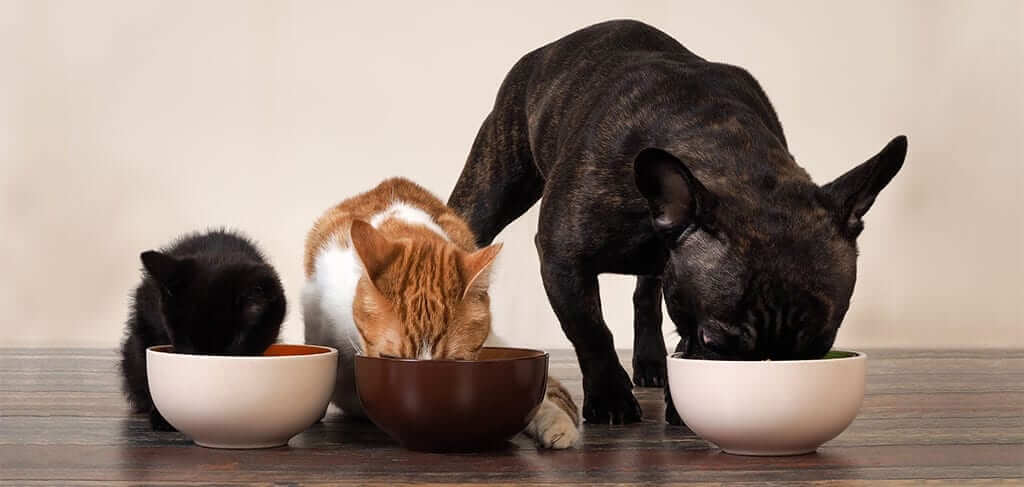
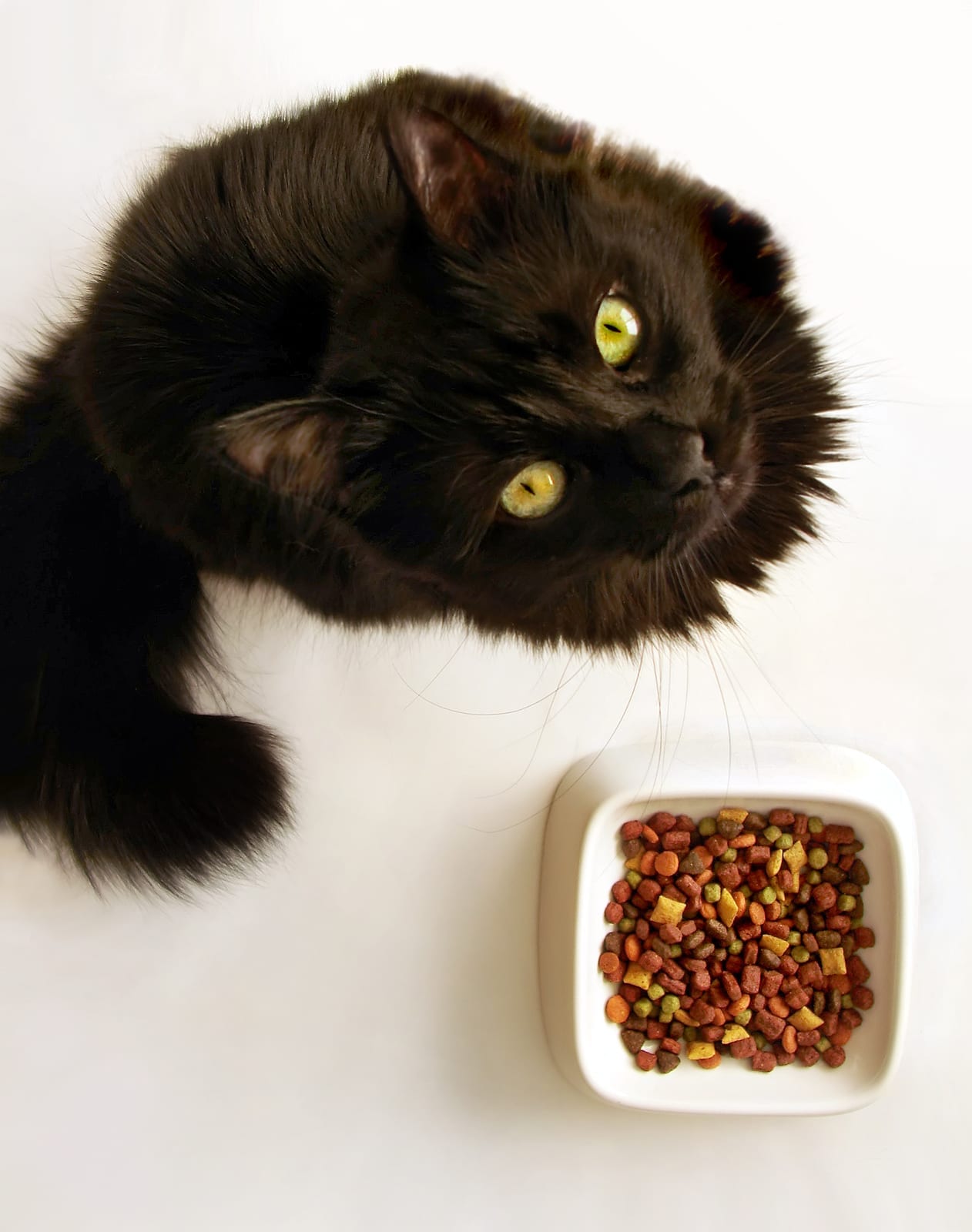
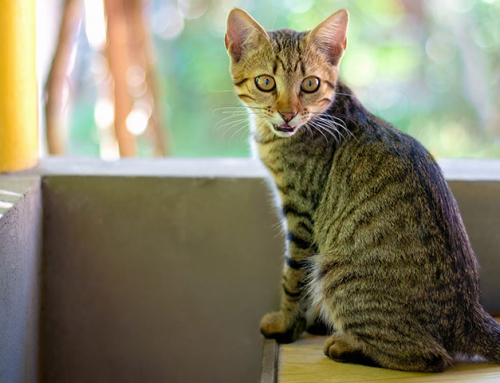

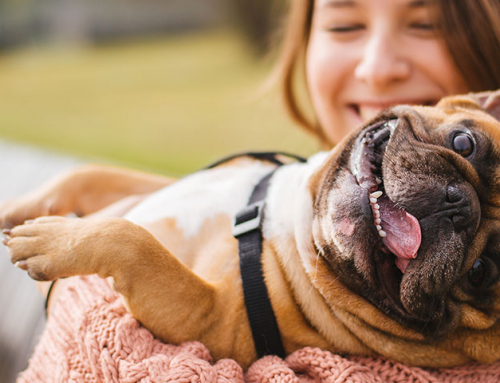
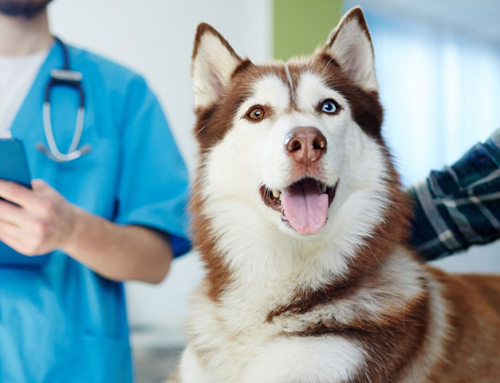
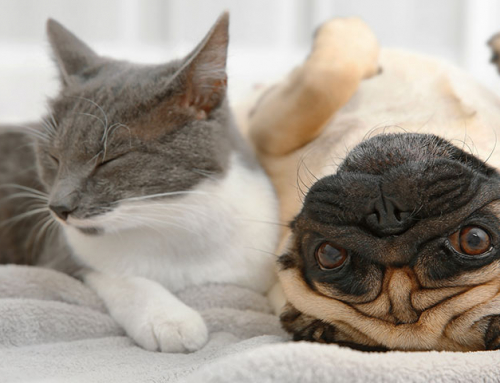

My dog is 11 and has been on insulin for about 6 months. She has stayed about the same. She had her first 4 curves and then one after a couple of months and then a few months inbetween and is still at the same 12 unit level. I feed her and give insulin at 7:30 am and then feed and insulin at 6:30 pm every day. It works well and this is how my schedule has to work. I have only missed 2 injections in 6 months and was late 1 time. She does fine with this schedule so I am going to just let it stay for now. Daylight saving time will be in a couple of weeks so she will have her injection 10 hr in between because I am not going to wait at night to feed her til 7:30. By the way I hate daylight savings time!
If life were perfect and we didn’t have these pesky little things like employment and commitments I’d want you to give the insulin every 12 hours. Unfortunately, life is not perfect.
My 9 YO puggles was dx with diabetes 1.5 weeks ago. Today was his glucose screening and it his first screening was 500. So they are increasing his dose. He spent the day at the vet and would not eat his full dinner at normal time so I did not give him his insulin. He finished his dinner 2 hours late. Should I give him his insulin since he’s eaten? The vet said if in doubt skip the dose. Should I start his increased dose tomorrow morning and skip tonight?
Hi, Some mornings our dog eats her breakfast and then we give her her shot then go for a walk. Some mornings she may eat half then finish the rest when we get back in 10-30 mins. Is it okay to let her finish her breakfast when we return or must take it away. She never gets a shot on an empty stomach. Thank you.
If she doesn’t eat it all at once but then regularly eats the rest once you come back from your walk that should be ok. Don’t take it away from her. And of course, chat with your vet who has examined her and knows her station and glucose curves. 🙂
My Yorkie was just diagnosed with diabetes Friday . She is on vetsulin every 12 hours.. I started at 7 Friday night and 7 am this morning and 7 this evening. I need my mom to help me out when I work during the week… she told me to change her times for 10 and 10 because she doesn’t want to help out in the mornings. Can I just change her times like that ? I’m scared to mess up or cause her any complications
It’s nicer to change he time gradually, say an hour each day. However, since you would be pushing the time back you could just change the time, just like that. We wouldn’t want you to shorten the time abruptly as if she still had insulin in her system adding more could cause hypoglycemia. Make sense?
How lovely that your mom is helping! It takes a village. 🙂 Joi
My 15 yr old, 12 lb Chinese-Crested dog, Blue, was diagnosed with diabetes last month. The vet recently upped his insulin to 7 units on the U100, but he is STILL drinking a magnificent amount of water and peeing like he has to fill a pool. Is the never-ending thirst just the new norm?
If your sweetie is still drinking excessively, the diabetes is probably not under control. Of course, there are other possible reasons for your pet to be drinking excessively. You’ll want your vet to run a urinalysis, urine culture and CBD/chemistry profile to check for other issues such as kidney disease, cushings or a kidney infection.
Are you checking your pet’s blood glucose at home? Running blood glucose curves are the best way to determine if the diabetes is under control. I hope you are monitoring his glucose. Good glucose regulation will hopefully alleviate his thirst.
Have a chat with your vet!
My Lhasa Opso 13’years old has Cushing’s disease and diabetes. Taking 2 shots of 6 units of
Vetsulin daily and 30 mg of Vetoryl once a day. BG is spuratic and mostly high. Cortisol remain
somewhat high. Would you recommend trying Ashwangha and if s what dosage.
I’ve no experience using this herb.
Certainly cushings makes diabetes difficult to treat. You must closely monitor the cushings and run labwork every 3 months or so.
The recommendation for diabetics is to use the vetoryl TWICE DAILY rather than once daily. Vetoryl decreases the formation of cortisol in the body. If it is used Ockham once daily it is difficult to manage the diabetes.
Have a chat with your vet about altering the dose regime to twice daily and what the new dose will be.
Best, Joi
My bishop has been diabetic for a white! She is all over the place with her levels.
Do I check her before I feed her then give injections? I have to check her each time! I have been waiting to give her injections after she has eaten a while! Then I saw what you wrote was wrong for me to do! So what order do I do it!
Check,feed, injections or
Feed, check, injections!
Thank you so much!
Blood glucose curves are great for helping us see how a particular pet responds to a particular insulin. And yet, some times when a pet is erratic you may yet need to check the blood glucose each time and adjust the dosage as needed. I prefer that you check the glucose, feed the pet, the. Once you know how the pt has eaten give the insulin then. Of course, you need to chat with your veterinarian who has examined your diabetic pet and knows your pet.
My diabetic dog refuses to eat 12 hours apart. If he eats a small amount and I give him 1/2 his dose , and then decides to finish his meal 3 hours later, should I give him the other 1/2 of his dose?
Hello Dr. Joi
My vet instructed me to give Lola 7 IU once a day at 8 am. Then to feed her again at 4 pm without a second injection. I regularly check her glucose level. Before bed, it’s often around 20 on a gluco-meter. Is that normal when her reading is within the normal around at 4 pm?
I think she should get 2 injections per day instead of one but am not sure what an appropriate amount is for a 7.5 kg dog. Any advice for me? Thank you .
Stefanie
Rarely can a pet get a single injection of insulin per day. I’ve sure never seen a pet regulated with a once a day insulin injection. The Vetsulin label suggests once daily, but again, I have never ever seen it be adequate once daily. Typically we feed equally portioned meals, every 12 hours, with equally portioned doses of insulin. It would be illegal and dangerous to give you specific dosing advice for a pet I’ve not personally examined. Chat with your veterinarian about making the change. Also, you can learn a lot by reading the 2018 AAHA DIABETES GUIDELINES which are easily found online. Education is key to a well regulated pet. The AAHA guidelines are a good read. Chat with your vet. 🙂
People at my vet clinic acted like 10-12 hours doesn’t make that much of a difference . Then I read in other places that it does . I want to do the best for my pup regardless of whether or not it is an inconvenience to me etc. It’s just that feeing at 9:30 and 9:30 seems to be a long time for her . I give her some boiled chicken to curb her appetite . I have another pup non diabetic that squeals out if he doesn’t get feed at 9 and 5 . Worrking out so far just was excited today to hear 10 hours is OK . But wanted to check , want her to have longest / best quality life possible . Thanks
Well, if at all possible, give the injections every 12 hours. And give equally portioned meals. The better glucose control will improve your pet’s quality of life. It’s that simple. The better the glucose control, the fewer side effects such as urinalysis tract infections. She is able to last 14 hours overnight. Why can’t she last 12 hours during the day? Clearl6 sometimes life gets in the way, but aim8ng for 12 hours as your routine is the best. That’s what I would do if my own
pet was diabetic.
What if we weren’t able to give our dog insulin for two days ?if he eats on the next expected time for his insulin do we still give him the insulin if he is acting normal ?
Do please give the insulin as soon as you can. Without insulin, the pet will drink and pee excessively and get dehydrated and feel crummy. If you have any concerns, contact your veterinarian promptly. 🙂
Our 14-year old toy poodle just started Vetsulin this week at 2 units twice a day. She is also on Entyce due to her being a reluctant eater. Because she has a collapsing trachea, we treat her with Hydrocodone Homatropine (which I think is also known as Hycodan) as needed. Will this cough syrup be an issue now that we are treating her for diabetes?
I do not think there is any effect of hydrocodone on insulin levels nor a drug interaction with insulin. There are a few meds that do affect blood glucose or insulin sensitivity. If the pet must stay on a med that does affect insulin or blood sugar, we will typically adjust the insulin dose and keep the pet on the med unless there is a good alternative to the medication. 🙂
My boy is on vetsulin, he only gets one dose in am. I have been feeding him at 9 & 4 religiously. When we check his sugar prior to dinner and 7 hours after his shot he is at 137-177 tonight I decided to check him at 8:30 ( almost 12 hours from first shot and sugar was 380 however he isn’t showing signs of high sugar like thirst or increased urination. He has been on this dose and schedule since Feb. no episodes like before he was diagnosed where he was having several accidents in the home and while asleep.
I don’t see many dogs that are on 1 daily dose but this insulin peaks at 4 and 7 hours according to there site.
Would you change anything like add 2 Nd dose after dinner?
I have never seen a dog (nor cat) regulated on once daily insulin. Yes, vetsulin does have FDA labeling for once daily dosing, but it doesn’t last that long in the body. As you saw, the blood glucose was up to 380! Please chat with your vet about giving vetsulin every 12 hours, with equal amounts of food at each dose of insulin. He will likely feel better when you change him to twice daily dosing. Again, have a conversation with your family veterinarian. 🙂
Our 4 year mini pincher was just diagnosed with diabetes, he is on 2 shots per day since august 2018, now he wont let us give him insulin he has had so many shots. can we put the insulin in his food, he will still get it into his body? stressed all out.
I’m sorry, but insulin must be injected. It you put it into the food the body would simply digest it. Perhaps you could give the injection while e pet is eating to distract him? You know to massage the area prior to the injection, as you give it and afterwards, yes? It hurts less if you rub the skin like that. Chat with your vet about injections tips to make it hurt less.
Hi, Kirk! You will find it easier to manage her diabetes if you feed equal portions every 12 hours. And of course you should run a blood glucose curve every few months or 5 to 7 days after changing the insulin dose.
My dog is diabetic. She has been hospitalized a couple of time due to pancreatitis and low blood sugar. I feed and dose every 12 hrs as recommended. I’m disabled and home mostly so this is not a problem.
Penny is a generally a voracious eater, I try and give a small snack at noon and her main meal at midnight along with my other dog. She gets 7 units each dose. My question is am I underfeeding her at noon with just a snack? She also has a thyroid condition so weight gain is an issue. Her main meal consists of a couple of tablespoons of Hill’s Science Diet XD diabetic food, shredded chicken and diced turkey with beef or chicken broth. Her noon snack is usually a Denta Stik or 1/2 a stick of Pupperoni.
Your advice would be appreciated.
my corgi seems to be well regulated..but I’m curious to know your thoughts on his/our routine..I give him breakfast (3/4 heaped cup of kindle)..then a 14 oz can of string beans for lunch around 12-1:00…..then around 5-6:00 I give him either a handful of baby carrots or a small can of mixed peas and carrots WITH his evening insulin shot…..on any given day..he may get aan extra few carrot pieces as treats….very seldom now do we give him any carbs/fatty type foods as treats…as were trying to keep his weight under control…
So..I’d like your opinion of his feeding schedule and WHAT he’s eating as well….thanks 🙂
String beans are filling and low in carbohydrate. Green beans are your friend. Peas and carrots are fine as well, though they have more sugar than green beans. I didn’t catch when the breakfast is fed. In general, feed equal portions of the kibble every 12 hours, when the insulin is given.
Dr. Joi, Thank you for your comments. LacyAnne, my dog, does good with her bg numbers one week and then terrible the next. Can she ever be well controlled or does this somogyi condition doom her too failure? If not Lantus as our new insulin, then maybe your mentioned vetsulin. I did however, read some negative reviews about this product when I first looked into it’s use. Did I gather correctly that if LacyAnne has Somogyi, she will likely not regulate on any insulin and all this stuff is due to her having pancreatitis too? Jeanne Barker
Again, Jeane, please chat with your veterinarian who has examined her.
Hi. My 16 year old bichon has been on insulin for 18mos. He gets two shots of vetsulin 4 units 12 hours apart. He gets very hungry late afternoon. One vet said best he doesn’t eat between but another suggested dividing food into three meals but only give insulin morning and night. I started giving a small portion about one fourth of each of the two meals midday. But everything you advocate seems to go against this feeding pattern. Would I be better off just giving some green beans midday?
Dr. Joi, Do you prefer one drug over the other with Levemir or Lantus, for my dog LacyAnne? She has Somogyi, you mentioned, or the Levemir vial I’m now using is as unreliable as the pens were. The 3 pen Lantus script must be cheaper than the 5 pen Levemir @ $458 approximately. I would appreciate your thoughts regarding these two diabetic drugs for use in dogs. Thank you for your advice. Jeanne Barker
The great thing about pens is that you are only buying 3 cc instead of 10 cc. That goes for whatever kind of insulin we are discussing. Our veterinary patients are usually so small that a 10cc vial mostly goes to waste. When I use a pen I have owners use the pen as if it were a vial, using an insulin syringe to pull the insulin from the pen and then injecting the insulin into the pet with the syringe.
Now, I’ve never used lantus in a dog. It has a reputation of not working very well in dogs, so I’ve never tried it for dogs. Lantus is my fave insulin for CATS.
Levemir is my fave insulin for dogs, but it can’t be used in really small dogs as it is so potent we can’t accurately dose it for really small dogs. I like it because it lasts longer than NPH or Vetsulin. However, I did have one dog who did horribly on levemir and so we changed insulin type and we finally got her regulated on Vetsulin.
Hello dear Dr. Joi, It’s been a little while since I sent you an email. LacyAnne is hanging in there. She has some diabetic neuro.pathy and weakening in her hind quarters. She responds well to B-Complex injections. The local vet said 1.5 units every 21-30 days?????? I disregarded his opinion, as I usually do, since waiting that long is harmful for LacyAnne. I waited a full 2 weeks and she was so weak that I gave her 2 units and she improved somewhat. Now I plan to inject her weekly and would appreciate knowing the maximum I can give her, without harm. There is a lot of diversity of thought about dosage to help her nerves remain healthier? Funny, this vet’s office tech had said bring her to office weekly for injection. Too stressful for LacyAnne, causing her glucose to go way above 250-300 levels. Since her kidneys are also affected by pancreatitis and Type I diabetes, I bought B Complex and inject her at home. She is definitely weakening in her hind quarters and needs the B Complex. Is giving too much very harmful to a dog? She now weights 16.4lbs and I’m giving her Levemir 1.5-2.0 units twice/day. I test and depending on her food intake, I will very the dosage, as needed. I appears that the Levemir does not always work. I went from using the pens to a vial for this reason and you don’t know if the insulin has been injected? Then the BG numbers are high and you know for sure. The vial Levemir seems to behave the same, even though you know with the syringe injection, that the med was injected. Some times it works and other times it doesn’t???? drug manufacturer refunded my $$ with the (4) unused pens I returned. Thinking of switching to Lantos. Like that it is long-lasting med. Drug viability is approximately 42 days. With the vial, two-thirds or more of the vial is wasted each time and cost is prohibitive. I see that you like the 3 pen Lantos script. Does it sound good for my LacyAnne? Also, is the Thiamine in the B Complex the component that helps her nerves deal with the diabetes? Can’t find just that part of the complex. Is the B-12 fat soluable and the one to be careful with, so as not to do harm? As always, I appreciate your sage advice. Thanks so much. Cordially, Jeanne Barker
“ I disregarded his opinion, as I usually do.” WHAT???? Please do not disregard the opinion of your veterinarian. If your history is such that you aren’t communicating well, either fix the situation or find another doctor who you feel you can work with. That comment scares me.
Now, onto your questions…
B12 (methylcobalamin) may or may not help diabetic cats. When I have a cat with diabetic neuropathy I use weekly B12 injections, but I can’t honestly say if it is helping. It takes a while (months) to get diabetic neuropathy and a while (months) for it to resolve. The true key to improving the neuropathy is good blood glucose control. For some cats that is easier than others. It’s not like we would just give B12 shots without striving the get glucose control, so there aren’t any studies proving B12 helps. We want good glucose regulation! B12 is water soluble.
As far as using pens. I like them very much for veterinary patients as we waste so much less insulin with a 3 cc pen than with a 10 cc vial! I rarely have owners use the little twist on needles. Instead, I have them use the pen as if it was a vial and continue using insulin syringes just as they would for a vial.
Levemir and lantus are both good insulin choices for a cat. Good job checking her blood glucose before each injection as she is clearly not under control if she has neuropathy. Is she eating a low carb canned food diet only? Low carb makes a difference. Since you mention renal disease I’d recommend the canned version of a renal diet.
Do have a chat with your veterinarian. And don’t forget that most large cities have a veterinary internist. Internists go through an extra 4 years of training beyond the 8 it takes for us to call ourselves veterinarians. They are super smart and thrive on difficult to manage patients.
Best, Joi
An ultrasound revealed thickening in my cat’s intestines – we decided not to do a sampling at the time so we don’t know if he has IBD or small cell lymphoma. Can you address how this might influence the treatment of a cats diabetes?
Oh no!
I am so sorry…
I don’t know of a causative link between neoplasia and IBD, but certainly both often are treated with steroids. And of course steroids will result in insulin resistance that makes treating the diabetes more difficult.
Much love to your kitty…
Joi
Dr. Joi, My diabetic cat is in the early stages of kidney disease – the kidney diets all have high carb loads and sometimes they seem to be using plant proteins like soy instead of meat? Maybe you have already addressed the issue of managing kidney disease and diabetes and if you have can you provide a link to the article?
Martha, when I have a cat with both diabetes AND kidney disease, I typically encourage a canned (not dry) kidney diet. Of course, kidney patients often have a finicky appetite and acidy stomach, so it can be tricky to manage the 2 diseases for sure! Of course, if the cat won’t eat the kidney diet it is more important that he or she eat than eat the “right” food. Do chat with our vet about the various renal options. Royal canin seems to have the best variety of flavors and smells for their renal diet selections over science diet and Purina but they are all good choices.
One thing, I always allow for feeding around mid-point between insulin injections because occasionally her blood sugar will drop below acceptable levels. If so, she will need food and will eat hungrily.
Depending on how often this happens, you may need to lower her insulin dose. Chat with our veterinarian about this.
My cat was diagnosed six weeks ago and is still not regulated. She has urine crystals; these got quite bad even though she was on prescription food that had previously worked. (will need surgery when glucose regulated). We have left her on the urinary pH food due to Royal Canin recommendation, but 2x per day feeding with insulin dose at feeding time. She is up to 4 units vetsulin 40 insulin 2x a day (she weighs about 8 lb and is not overweight). Still has glucose about 400-450 every time checked; check performed sometimes 9 hrs after injection, once right before next injection. When diagnosed, glucose was 550. However, when the blood glucose curve done, she was free feeding same food, had 2 units and responded pretty well (glucose to 140 after 9 hrs). Being at the clinic, she ate hardly at all during the time the curve was done. Is the lack of food vs her eating at injection time why the insulin is having so little effect? Obviously she cannot fast constantly, but I am bothered by her responding well with the study and now not, even with double the insulin. Any comments?
Do you mean she has urinalysis stones that need to be surgically removed? If she has a concurrent urinalysis tract infection she may have insulin resistance.
I think you need to do home blood glucose testing and run curves.
I’m not a fan of Vetsulin in cats. I prefer glargine (usually cc pen rather than a 10 cc vial).
Is she on canned diet? Or dry? The dry will be very high in carbs.
Why don’t you email me at [email protected] so we can discuss this in more detail…
🙂
Squidly, my 9 yr old Lhasa Apso just diagnosed diabetic. I am ok with it and giving him his shots twice a day. My vet has him on vetsulin. Food she said only Hills digestive weight glucose management. I will do what I can for him, but I am on SS and the food is expensive. Any suggestions or is this it? Thank you
Typically for diabetic dogs we feed a low fat diet as diabetic dogs are often pudgy and may have become that way secondary to pancreatitis. Carbs should be complex carbs, high fiber. If you are on a budget do please chat with your vet if he has other suggestions for you. 🙂